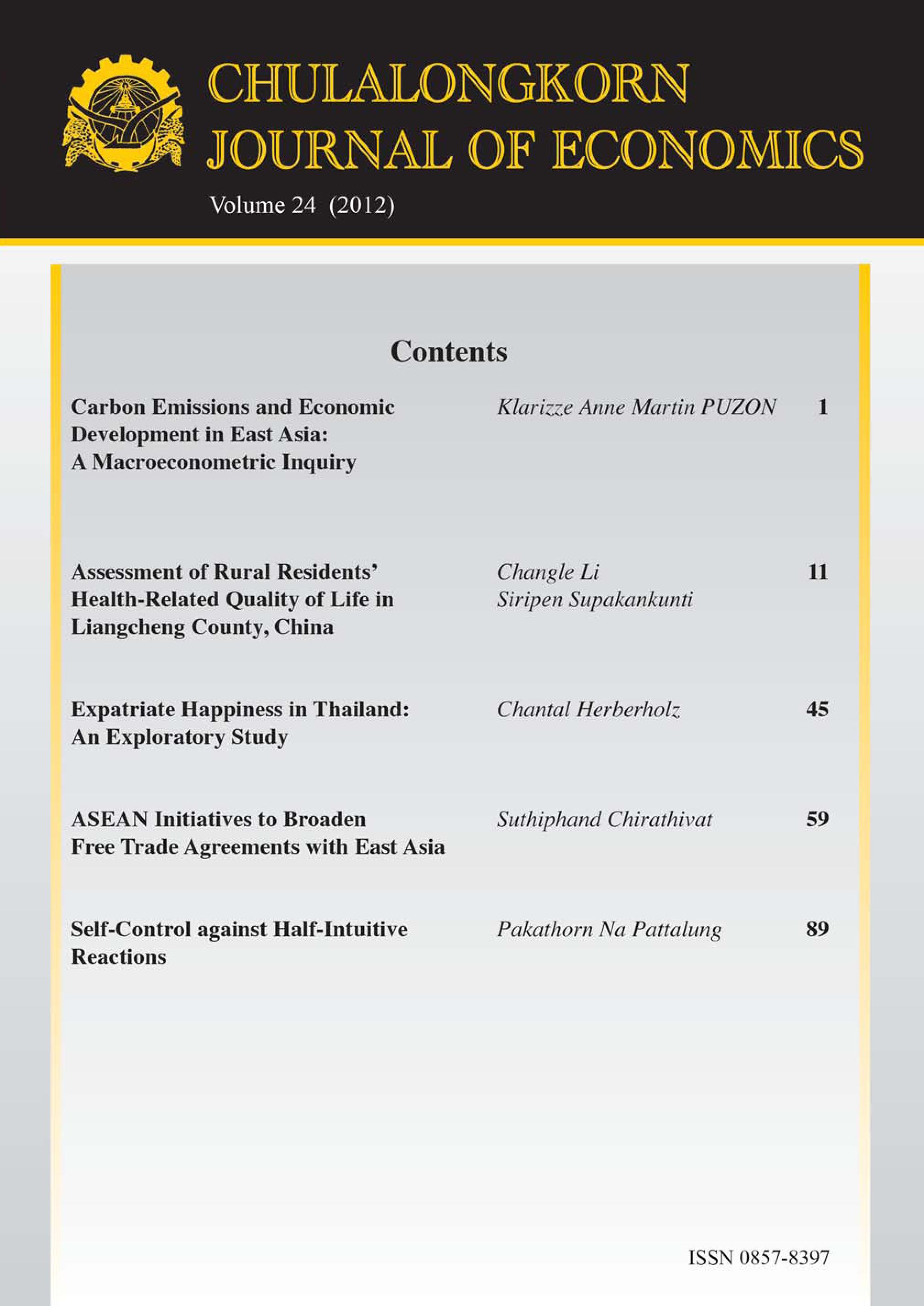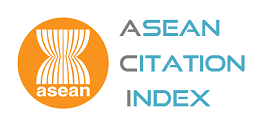The Value of Mangroves to an Off-Shore Fishery: The Case of Bandon Bay, Thailand
Keywords:
Mangroves, Off-shore Fishery, Valuation Technique, Externalities, RegulationAbstract
This paper models the impact of change in land-use of off-shore fishery production. A dynamic ecological-economic model is developed which examines the impact of mangrove reforestation on fish stock and offshore fisheries using nutrient status and biological productivity. The simulation results are illustrated using data from Bandon Bay, Thailand. The effects differ depending on regulations in the fishery sector. Under open-access conditions, an additional 1 km2 of mangrove leads to an increase in fishery production, as well as total revenue and cost by almost 8% (equivalent to around 5 million baht/year or $130,000/year). Under monopoly conditions, an additional 1 km2 of mangrove results in an increase in fishery production by around 5%. The profit increases by 4.36%, or around 1 million baht ($25,000/year). The discounted profit over 50 years increases to approximately 20 million baht ($615,000). The effects of the change in fishery regulation (open-access vs. monopoly) are also discussed. Changing regulatory regimes from open-access to monopoly increases the stock of fish in the area, from 7,226 tons to 10,230 tons. Net revenue increases to 20.2 million baht/year in long-run (almost $580,000). Discounted profit over 50 years is calculated to be more than 504 million baht ($14.4 million).
Downloads
Published
How to Cite
Issue
Section
License
The submission of a manuscript implies that the paper is an original work and has not been published elsewhere. The author(s) authorize the journal to reproduce or distribute the paper in printed or other electronic forms.






